Join us here : https://goo.gl/CW8Syr
Docker Swarm
vs
Kubernetes

-
Swarm
-
Kubernetes
-
Comparison
-
wrap-up

SWARM


Swarm Components
-
Node : Bare-metal machine or VM or Cloud instance.
-
Swarm : A cluster of nodes
-
Manager Nodes : Understand the desired configuration and give the job to the workers but could be a worker as well (bad practice)
-
Worker Nodes : These nodes collect and run tasks from manager nodes.
-
Service : Container (based on image) with metadata like replicas, networks and volumes.

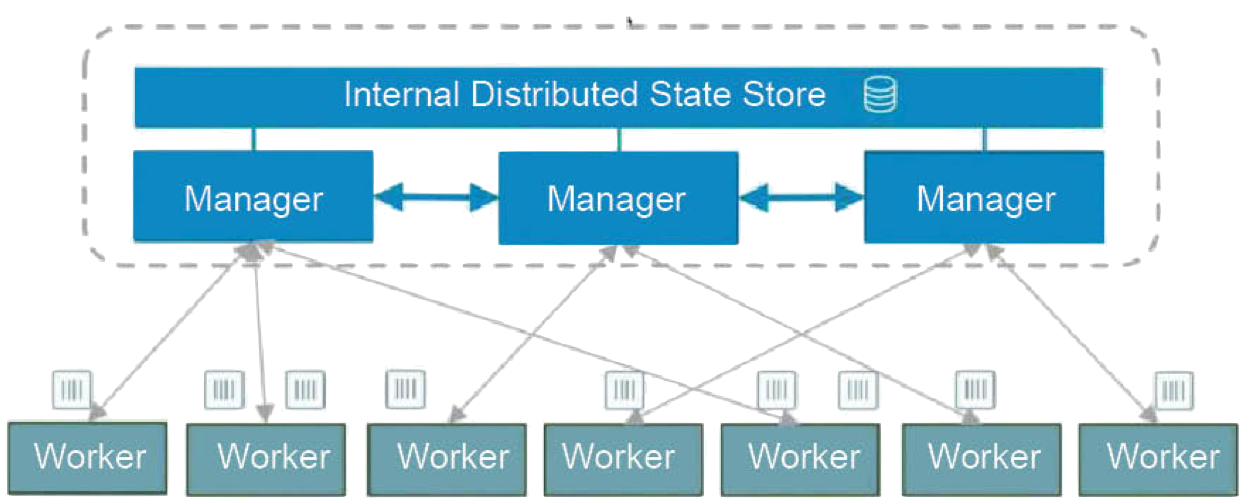
Swarm Cluster Architecture

Kubernetes

def.
(Opinionated) Orchestration framework to organise and deploy container-based applications

Agnostic sandbox where you provide the desired state of your services/apps. Kubernetes aims to take care of everything else

Let's see how it works


Nodes

CLUSTER
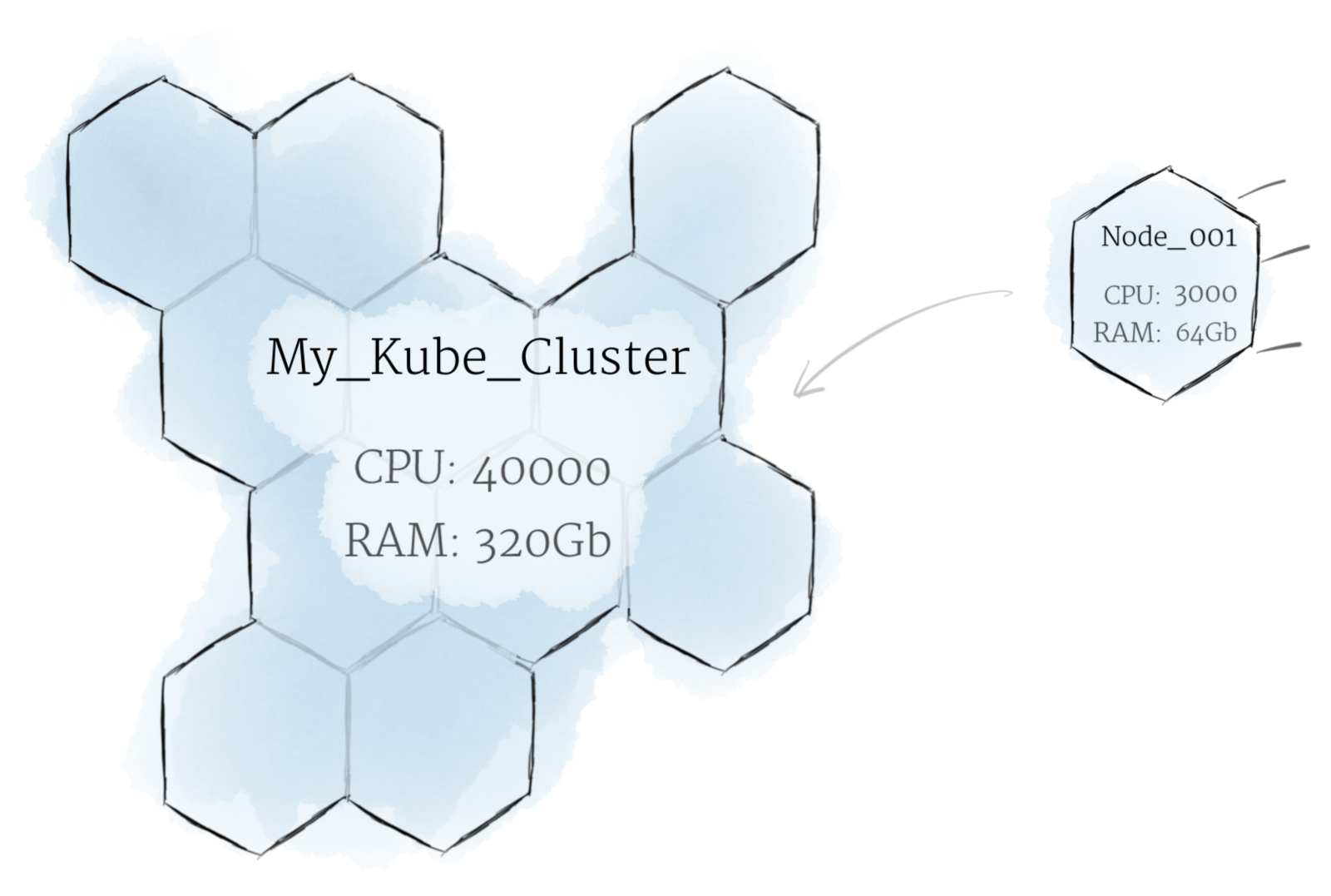

PERSISTENT VOLUMES
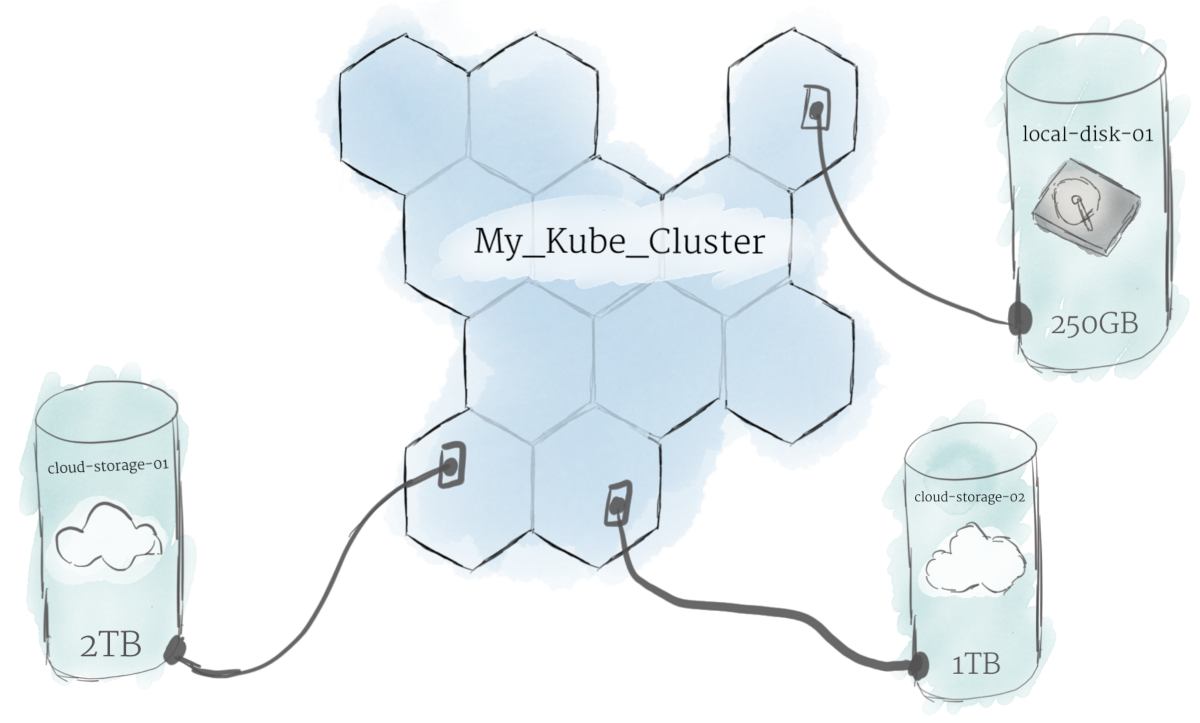
OTHER Kubernetes components
-
etcd : Distributed database to store configuration
- API Server : Entry point of the entire cluster, it exchanges with etcd. Manage the authorizations and implement a watch mechanism.
- Controller Manager : Make the necessary change to reach the desire state. Manage the replication and endpoints controller.
- Scheduler : Control the nodes resources and handle the assignment of the pods.
-
Kubelet : Monitor the pod activity (health check) . Stop /start and update the running pods.


Let's see how apps runs


Container

PODS


DEPLOYMENT
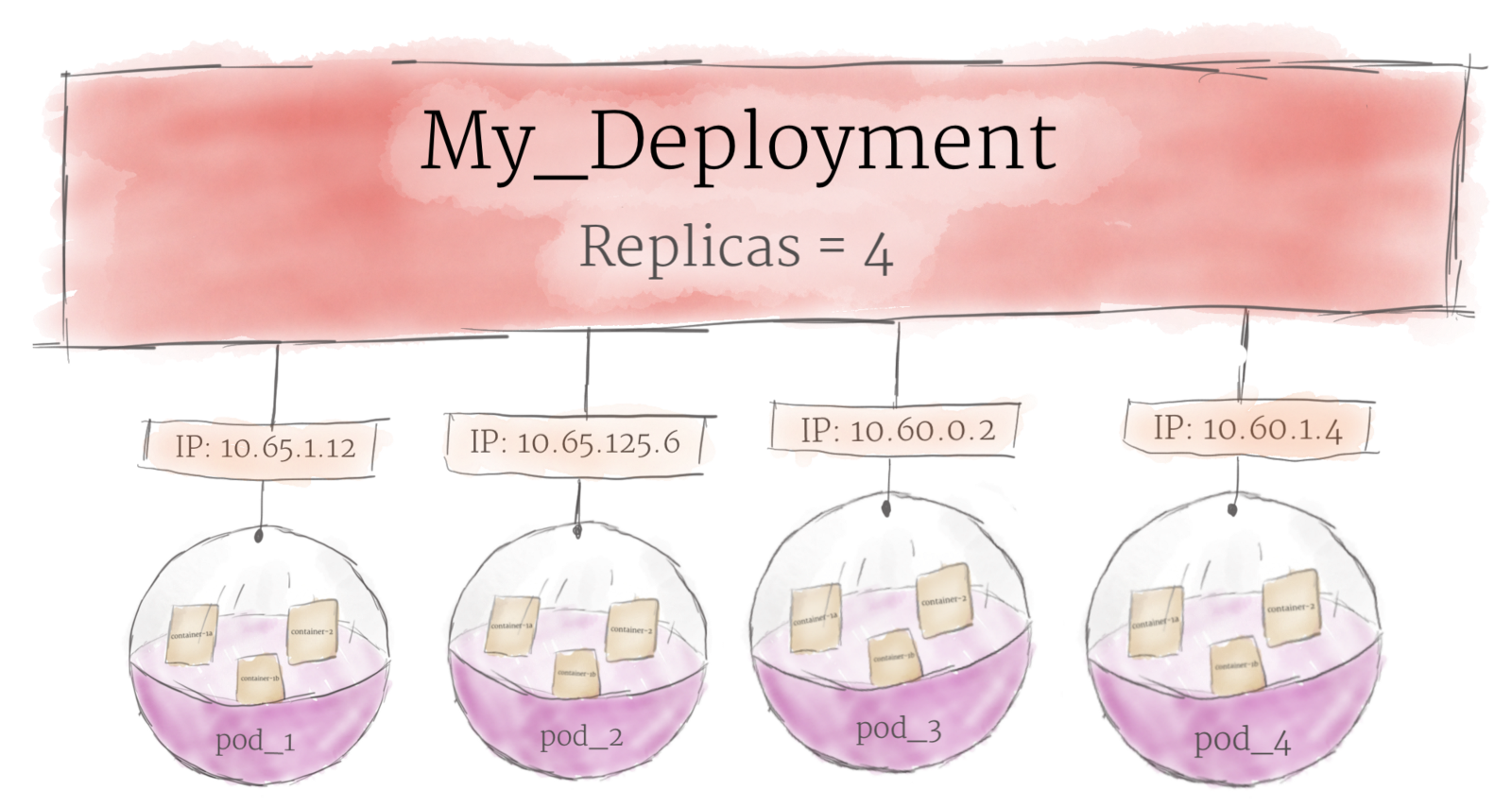
KUBERNETES COMPONENTS
-
Pods : A pod is a group of one or more containers (such as Docker containers), with shared storage/network, and a specification for how to run the containers. A pod’s contents are always co-located and co-scheduled, and run in a shared context.
-
Deployments : You describe a desired state in a Deployment object, and the Deployment controller changes the actual state to the desired state
-
Services : Network endpoints that can be reach by external service. The service will automatically round-robin requests between pods. Kubernetes embed a DNS server for the cluster that watches for new services (discovery service).
-
Labels : Key-value information to search and update the components.

KUBERNETES ARCHITECTURE

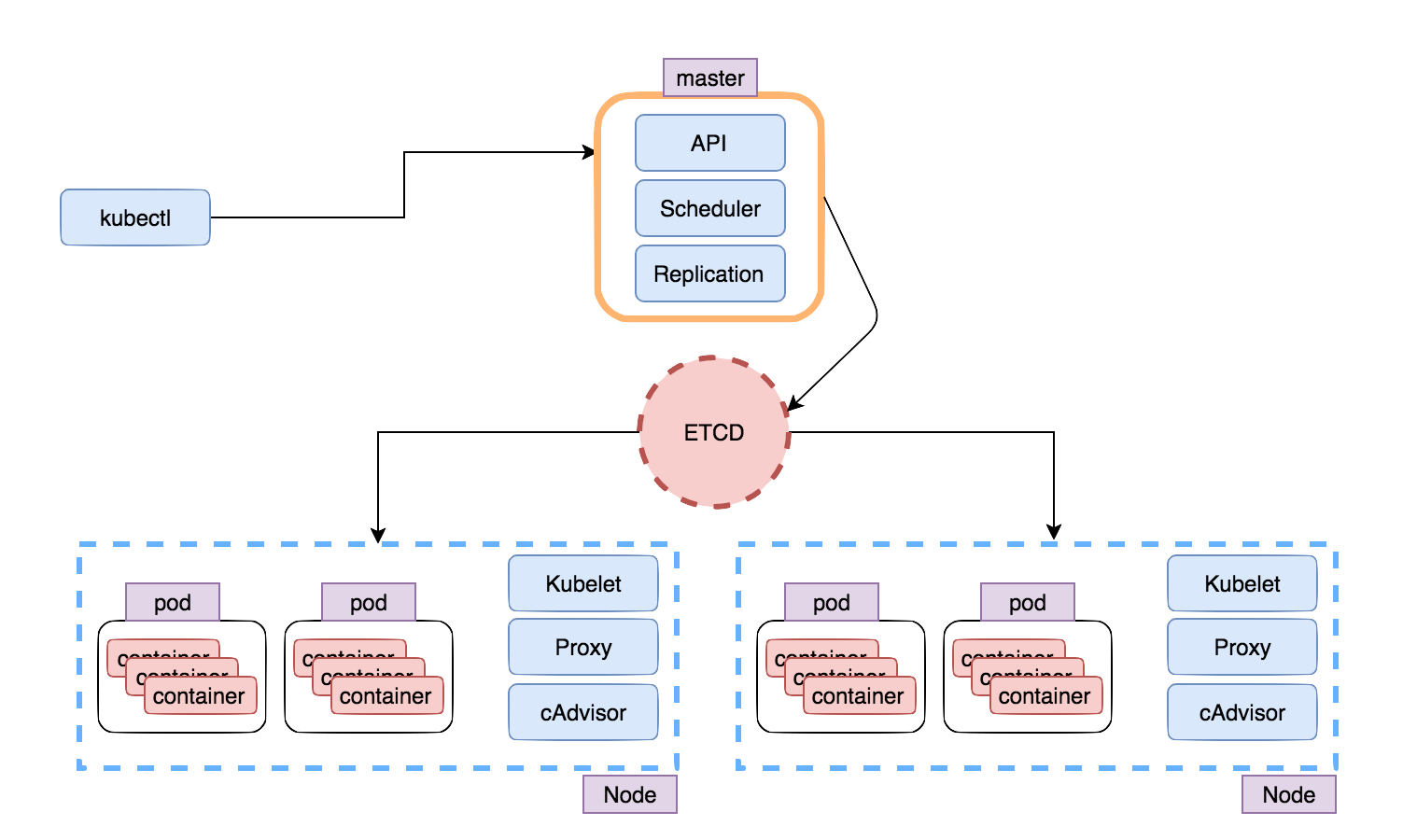

Let's see how access/run it

kubectl is your local CLI command center.
You can issue commands to the cluster either by kubectl or directly calling REST APIs exposed by the master

Let's try it
THE Battle !



Common
-
Open source projects (Go Language)
-
Compatible with storage providers
-
Load balancing and DNS «out of the box»
-
Compatible with almost monitoring tools

What is an application ?
Kubernetes
-
Applications can be deployed into a pod which are the smallest component of Kubernetes.
-
A Service is the access point for the application.
-
A pod may have one or many containers inside
SWARM
-
Application is detailed in a yaml file (docker-compose) with one or many containers
-
A service is generated from the declarative text and deployed into the cluster.

Scaling
Kubernetes
-
The scaling value is defined for the pod. Manually or automatic.
-
Set with replica command or in the deployment (Yaml file)
SWARM
-
A service can be global : 1 task for every node within the cluster.
-
Or managed by replicas : 3 replicas on 1,2 or 3 nodes max.
-
Scaling manually !

High-Avaibility
Kubernetes
-
Multiple pods can be distributed among nodes to provide HA.
-
Multiple master nodes and worker nodes can be load balanced for request.
-
Etcd is natively distributed
-
API server can be replicated
SWARM
-
Swarm use Raft consensus (HA).
-
Mandatory : an odd number of manager.
-
Swarm uses the Ingress network to manage the services.

Load Balancing
Kubernetes
-
Pods are exposed through a service, which can be used as a load-balancer within the cluster. Typically, an ingress is used for load balancing.
-
Auto-scaling using a simple number-of-pods target is defined declaratively using deployments. CPU-utilization-per-pod target is available. Other targets are on the roadmap.
SWARM
-
Swarm mode has a DNS component that can be used to distribute incoming requests to a service name. Services can run on ports specified by the user or can be assNot directly available. For each service, you can declare the number of tasks you want to run. When you manually scale up or down, the Swarm manager automatically adapts by adding or removing tasks.igned automatically.

Rolling update
Kubernetes
-
Supports multiple modes for rolling update (number of pods offline, parallelism ..)
SWARM
-
Rolling update are applied on services with many strategies (ex : delay between nodes)

Health Check
Kubernetes
-
Different health check (container , pod, node, cluster …)
-
K8s aggregates by default the logs
SWARM
-
Only one health check (by service)

STORAGE
Kubernetes
-
Many storage API
-
K8s supports different type of persistent volumes (iSCSI, NFS, S3 , GCP , Azure …)
-
The emptyDir volume is non-persistent and can used to read and write files with a container.
SWARM
-
Compatible Docker volume (in container or docker-compose)
-
Swarm supports different type of persistent volumes (iSCSI, NFS, S3 , GCP , Azure …)


Text
Text

NETWORKING
Kubernetes
-
All components in a pod could communicate each other and each pod has an IP address.
-
The service is like a VIP with a load-balancer
SWARM
-
Overlay network
-
Encrypted by default

Reliability
Kubernetes
-
Kubernetes scales to 5,000-node clusters.
-
API responsiveness: 99% of all API calls return in less than 1s.
-
Pod startup time: 99% of pods and their containers (with pre-pulled images) start within 5s.
SWARM
-
Docker Swarm has been scaled and performance tested up to 30,000 containers and 1,000 nodes with 1 Swarm manager.

RELiABILITY
Kubernetes
-
Google Borg
-
Red Hat
-
Autoscaling
-
Largest community
SWARM
-
Rookie
-
Only Docker containers management
-
Services can be scaled manually.
-
Smaller community

Miscellaneous
Kubernetes
-
Installation can be hard ! (except in Cloud services)
- Hard learning curve
SWARM
-
Included with docker engine
-
Easy to learn

IS THERE OTHER SOLUTIONS ?



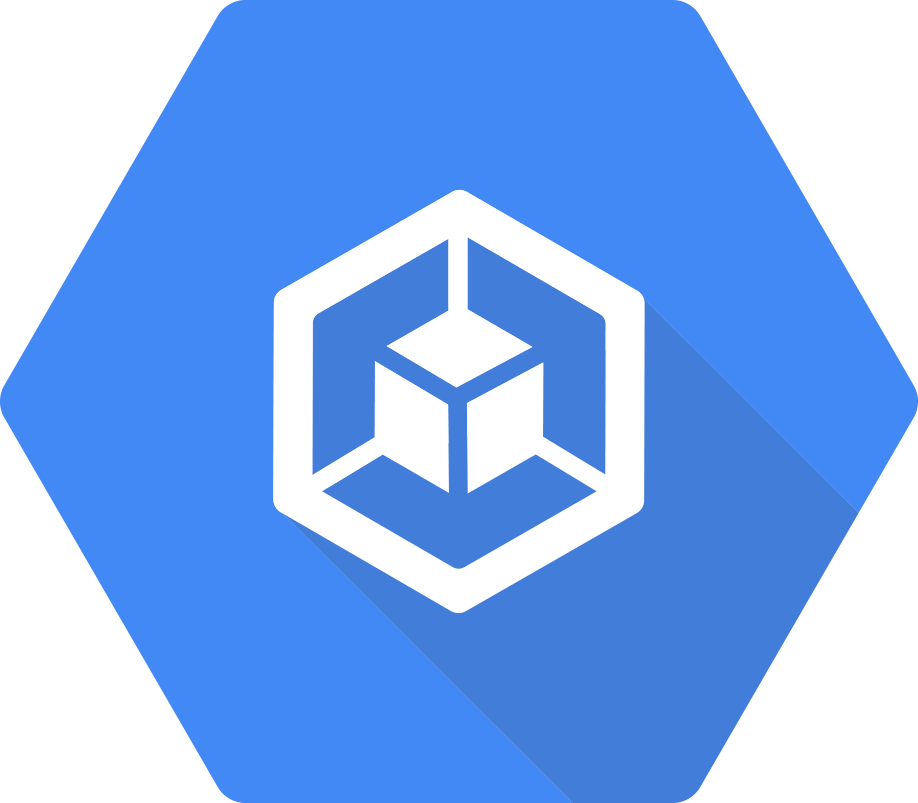
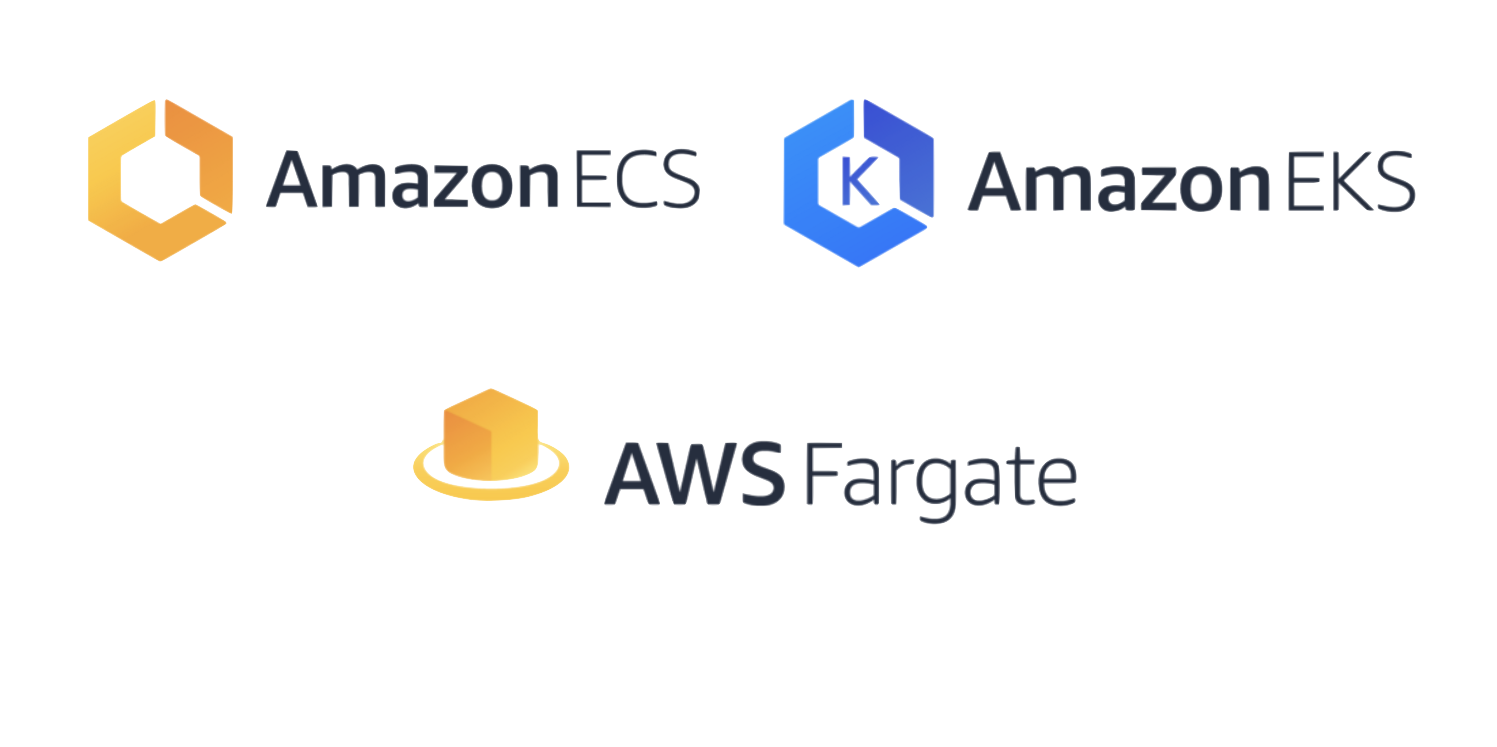
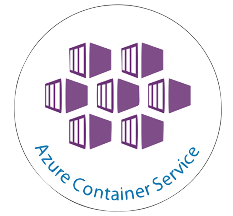


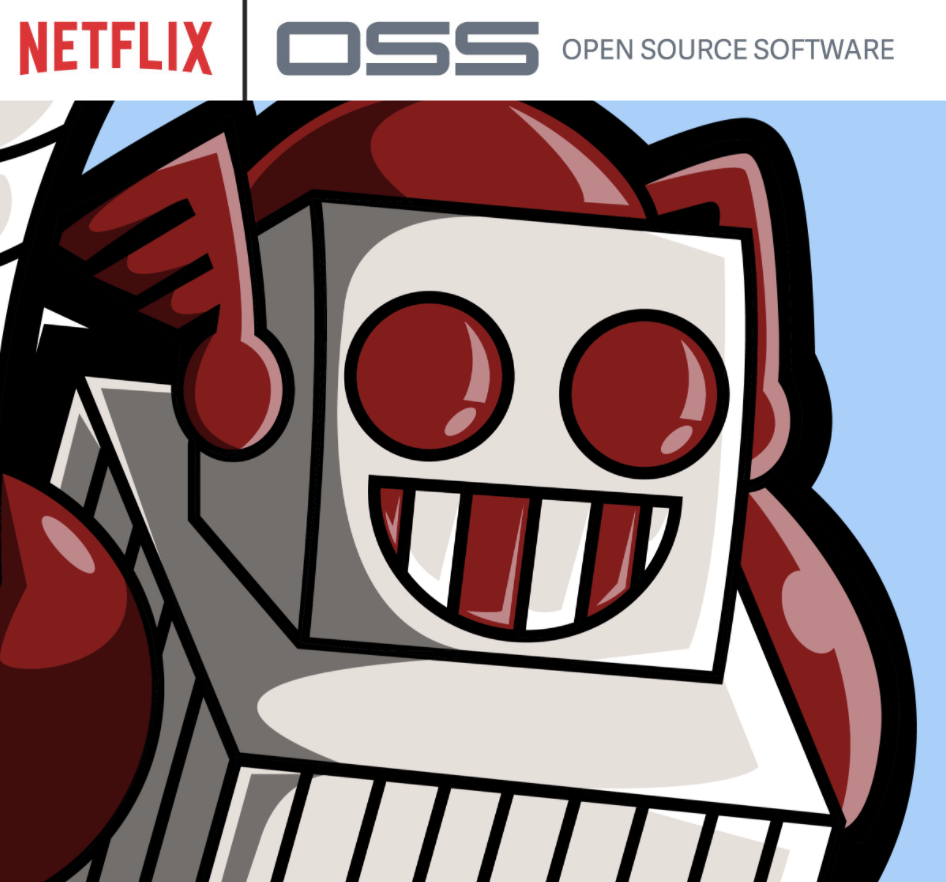


WRAP-UP

SO WHAT WE SHOULD USE ?

IT DEPENDS

K8S SEEMS to be WINNING


CLOUD IS BETTER/EASIER

DOCKER EE - A safe choice

Meetup Docker Geneva


Meetup Kubernetes
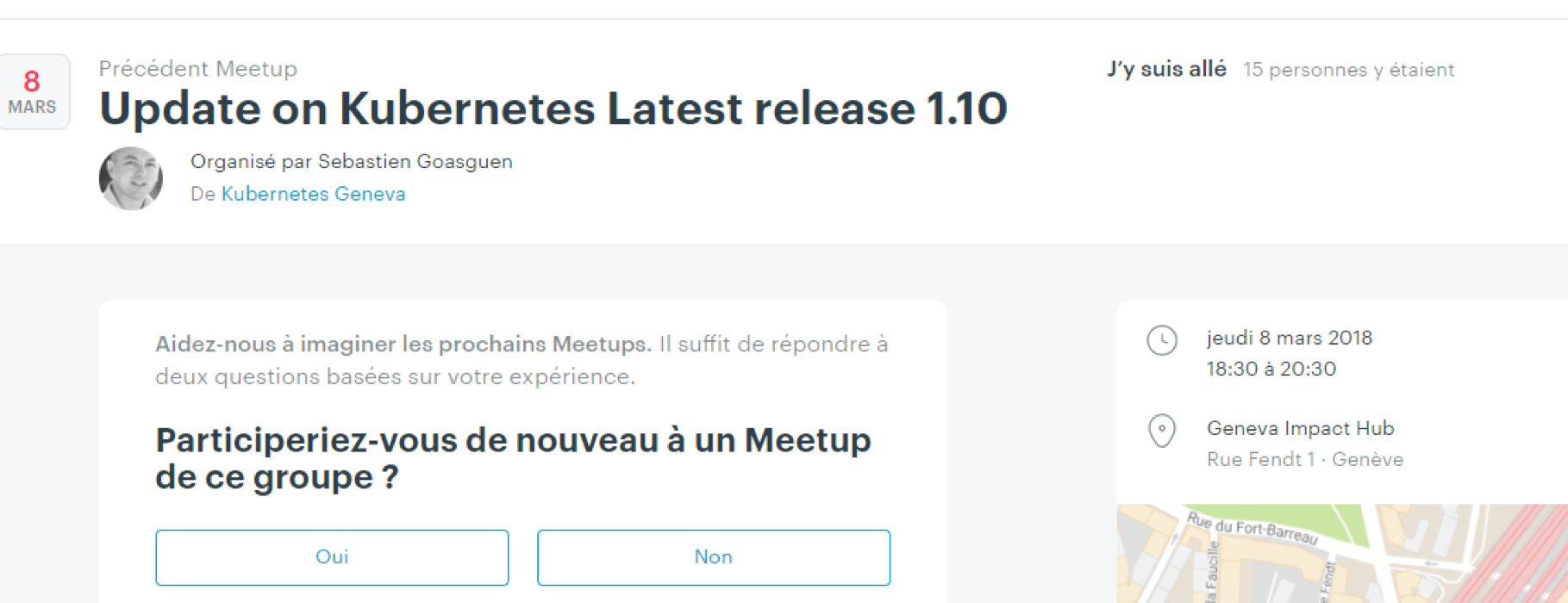
THANK YOU
swarm-vs-k8s
By Mohamed BOUCHENAFA
swarm-vs-k8s
- 1,677


